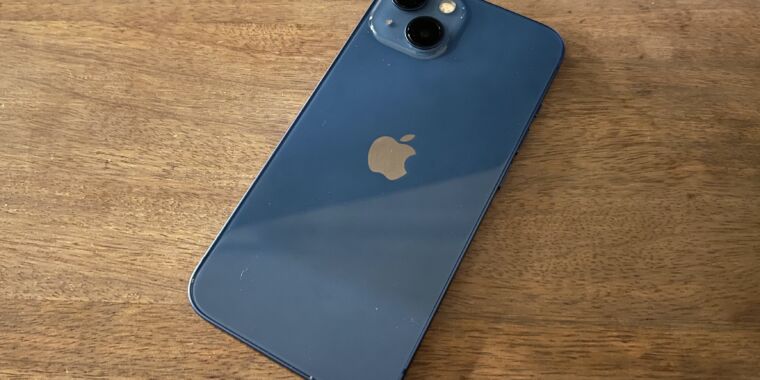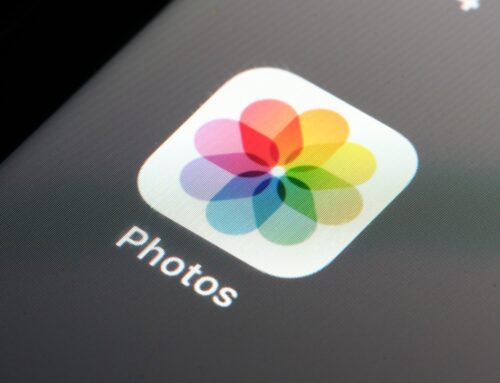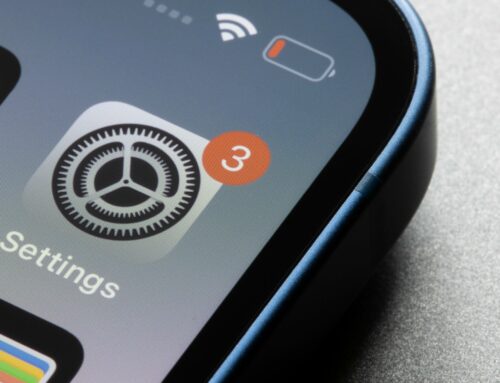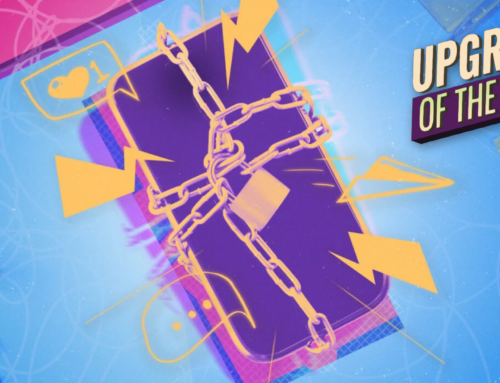Apple initially told vendors it would make up that 10 million units again in early 2022, once supply improved. But according to the Bloomberg report, Apple has noticed weakening demand, and the company no longer intends to hit that 90 million target in that time frame.
The demand shortfall could be attributed to any number of things and may be hard to definitively explain. On one hand, it’s possible that consumers saw the iPhone 13 as an inadequately major update over last year’s iPhone 12, which sold like hotcakes in what the business world calls a supercycle—a product launch window in which some factor or another like new features or external economic forces drives consumers to upgrade in greater numbers than usual. The iPhone 13 offered marked camera and battery life improvements over the iPhone 12, but little else.
On the other hand, the shortfall could also be because consumers have decided an iPhone 13 is not worth the effort to obtain, given the long waits. Or perhaps they’ve read rumors that next year’s model is expected to be a major redesign with substantial new features. Economic factors like new COVID-19 variants, inflation, and more might also contribute.
All that said, Apple is still on track for a strong quarter—it just might not be as huge as the company and its shareholders hoped, since the iPhone accounts for about half of the company’s revenue. And the iPhone 13 is getting easier to track down in some (but not all) markets. In some parts of the US, for example, some configurations are now delivering within a week or so, and the phones are sometimes available for in-store pickup.
Little is known for sure about next year’s flagship iPhone, but some leaks and reports have said it will have a new design and that it may drop the charging port entirely. They’ve also said that Apple is unlikely to continue offering the mini version of the iPhone, as it has consistently fallen short of expectations as consumers have flocked to bigger and bigger screens.







